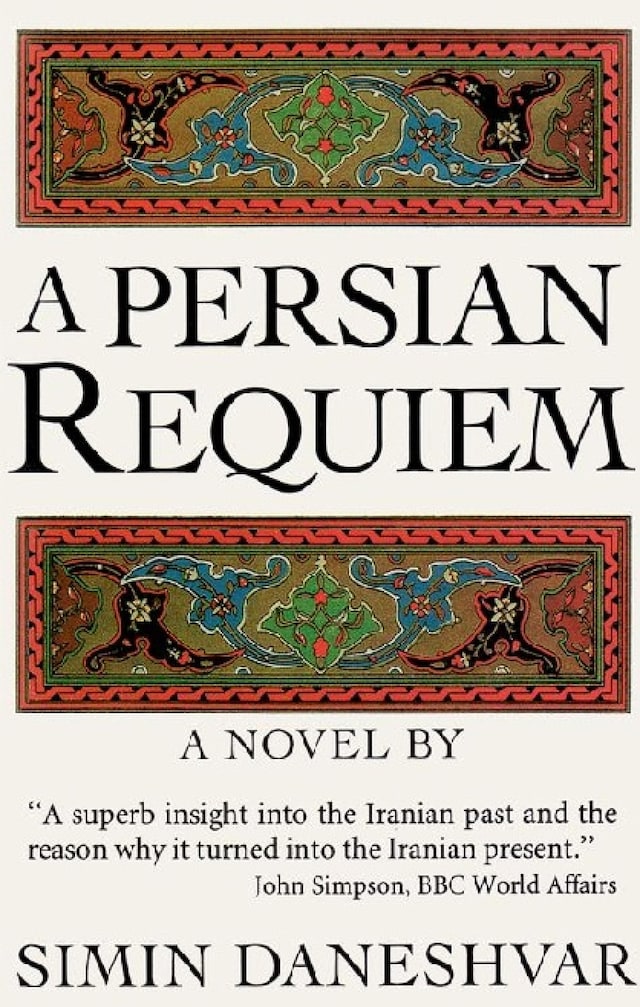
A Persian Requiem
Om bogen
Tribal leaders in opposition to the government, the corruption of occupation, society torn apart by shifting political loyalties... this is the background to one woman's powerful story. A Persian Requiem is a powerful and evocative novel. Set in the southern Persian town of Shiraz in the last years of World War II, when the British army occupied the south of Persia, the novel chronicles the life of Zari, a traditional, anxious and superstitious woman whose husband, sef, is an idealistic feudal landlord. The occupying army upsets the balance of traditional life and throws the local people into conflict. sef is anxious to protect those who depend upon him and will stop at nothing to do so. His brother, on the other hand, thinks nothing of exploiting his kinsmen to further his own political ambitions. Thus a web of political intrigue and hostilities is created, which slowly destroys families. In the background, tribal leaders are in open rebellion against the government, and a picture of a society torn apart by unrest emerges. In the midst of this turbulence, normal life carries on in the beautiful courtyard of Zari's house, in the rituals she imposes upon herself and in her attempt to keep the family safe from external events. But the corruption engendered by occupation is pervasive - some try to profit as much as possible from it, others look towards communism for hope, whilst yet others resort to opium. Finally even Zari's attempts to maintain normal family life are shattered as disaster strikes. An immensely moving story, A Persian Requiem is also a powerful indictment of the corrupting effects of colonization. A Persian Requiem (first published in 1969 in Iran under the title Savushun), was the first novel written by an Iranian woman and, sixteen reprints and half a million copies later, it remains the most widely read Persian novel. In Iran it has helped shape the ideas and attitudes of a generation in its revelation of the factors that contributed to the Islamic Revolution in 1979. Simin Daneshvar's A Persian Requiem ... goes a long way towards deepening our understanding of Islam and the events leading up to the 1979 Revolution ... The central characters adroitly reflect different Persian attitudes of the time, attitudes that were eventually to harden into support for either the Ayatollah and his Islamic fundamentalism or, alternatively, for the corrupting Westernisation of the Shah. The value of the book lies in its ability to present these emergent struggles in human terms, in the day-to-day realities of small-town life ... Complex and delicately crafted, this subtle and ironic book unites reader and writer in the knowledge that human weakness, fanaticism, love and terror are not confined to any one creed. The Financial Times A Persian Requiem is not just a great Iranian novel, but a world classic. The Independent on Sunday ... it would be no exaggeration to say that all of Iranian life is there. Spare Rib For an English reader, there is almost an embarrassment of new settings, themes and ideas ... Under the guise of something resembling a family saga - although the period covered is only a few months - A Persian Requiem teaches many lessons about a society little understood in the West. Rachel Billington, The Tablet This very human novel avoids ideological cant while revealing complex political insights, particularly in light of the 1979 Iranian revolution. Publishers Weekly A Persian Requiem, originally published [in Iran] in 1969, was a first novel by Iran's first woman novelist. It has seen sixteen reprints, sold over half a million copies, and achieved the status of a classic, literally shaping the ideas of a generation. Yet when asked about the specific appeal of the novel, most readers are at a loss to pinpoint a single, or even prominent aspect to account for this phenomenal success. Is it the uniquely feminine perspective, allowing the read
 Simin Daneshvar
Simin Daneshvar 378 Sider
378 Sider